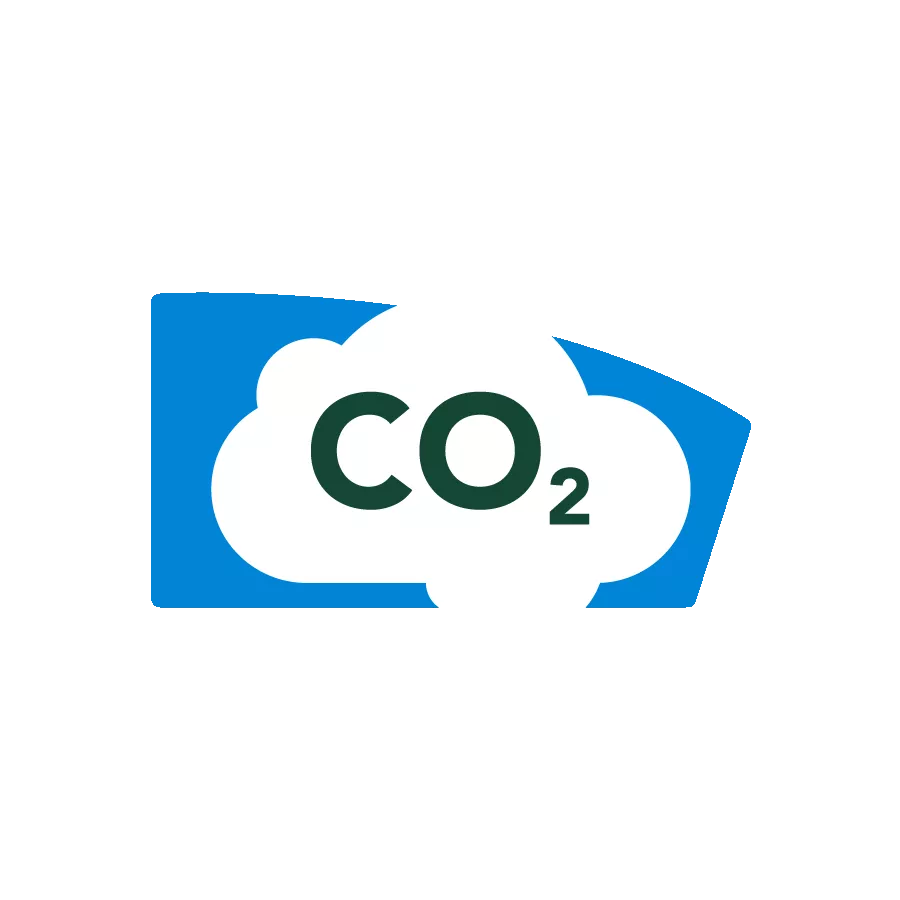Procurement: decarbonization and circular strategy
Our decarbonization strategy factor in our supply chain, since this is our primary source of greenhouse gas (GHG) emissions. Which makes decarbonization one of Procurement’s top priorities. Find out how we include carbon in the rating criteria for our calls for tender.
Procurement is the primary source of greenhouse gas (GHG) emissions for the 5 companies that make up SNCF Group’s core rail business. So decarbonizing our supply chain—i.e. our procurement purchases—is a critical step in shrinking our carbon footprint. It’s a top priority in our Procurement and as important as financial performance. Today all our buyers are trained in decarbonization, and all our calls for tender include GHG emissions rating criteria.
SNCF’s Procurement works with our ecosystem—from purchasing advisors to suppliers and sourcing—and is gradually incorporating highly weighted carbon rating criteria into our calls for tender. In the long run, we aim to have GHG emissions criteria weighted at 5%.

75%
of the CO2 equivalent (CO2e) emissions of SNCF’s 5 companies’ come from procurements

70%
of the CO2e emissions of SNCF’s 5 companies come from procurement of engineering works and supplies
€100
is SNCF’s minimum internal carbon price per metric tonne of CO2 in 2024.
Decarbonizing our supply chain for a successful green transition
Yann Mazloum, head of decarbonization and circular strategy in our Procurement Division, outlines our ambitious, step-by-step plan to add carbon-based supplier rating criteria to all calls for tender within.
Three obligations
As a vital player in low-carbon mobility, SNCF focuses on 3 areas to make the green transition a success:
- increase demand for rail
- help our customers and partners decarbonize
- accomplish our own green transition.
Among our partners are some 20,000 suppliers, who delivered over €14bn in goods and services in 2023, from engineering works to industrial supplies and intellectual services.
We purchased goods and services worth
€14bn
from over 20,000 suppliers in 2023

SNCF Group’s internal carbon price is
€100
per metric tonne of CO2e

Procurement still accounts for
75%
of our greenhouse gas emissions
Decarbonization is absolutely crucial
Decarbonizing the supply chain of the 5 companies that make up SNCF’s core rail business is a critical step in shrinking our carbon footprint. We discussed SNCF’s ambitious decarbonization effort with Yann Mazloum, who heads procurement decarbonization at SNCF and is a member of the Group Procurement team. This initiative will add fair, transparent, accessible carbon-based supplier rating criteria to all calls for tender, using SNCF’s current internal carbon price of at least €100 per metric tonne of CO2e.
How are the supply chain and our green transition interconnected?
Yann Mazloum: Our procurements of goods and services—from engineering works to office supplies to intellectual services—add up to more than 4 million metric tonnes of CO2e. That’s about the annual consumption of a city like Toulouse, and SNCF’s primary source of GHG emissions. The carbon in our purchases comes from our suppliers, who often use or assemble goods and services they buy from our second- and third-tier suppliers, and so on. That’s why we can’t decarbonize our procurements without decarbonizing our entire supply chain.
So debarbonization is vital…
YM: Absolutely. And this work is key if we want meet our decarbonization goals. Since 2022, supply chain decarbonization has been one of Procurement’s 4 missions at SNCF, on a par with business performance.
What does that mean in practice?
YM: Within 2 years, all our calls for tender will include carbon criteria, with a rating system based in part on our minimum internal carbon price of €100 per metric tonne of CO2e.
Weren’t carbon criteria already factored in?
YM: As a major contractor, we do have an exemplary record on CSR—that’s well established. We already have strong indicators, since most of our current calls for tender include CSR rating criteria. In fact, in 2023 over half our spending was covered by contracts with CSR criteria weighted at over 20%. Even so, when it comes to carbon, our criteria are too qualitative.
How so?
YM: In practice, a supplier offer with a more advanced decarbonization programme and higher targets gets a higher rating from us than its competitors. But we still don’t rate the mass of CO2 for every offer, every time. And moving from qualitative to quantitative ratings is the goal of our bold, step-by-step strategy for decarbonizing SNCF procurement.
How are our CO2 emissions distributed?
YM: At 4 million metric tonnes of CO2e, procurement accounts for the great majority of SNCF’s greenhouse gas emissions. Apart from energy—an area with its own special decarbonization levers—most of our procurement is industrial, so our greenhouse gas emissions break down as follows:
- engineering works: 40%
- supplies, including industrial supplies such as trains, rail, wheels, and catenaries: 40%
- services, including intellectual services: 20%
How will you pace their decarbonization?
YM: Our top priority is engineering works, obviously. To deliver on SNCF’s ambitions, we need to be efficient in that area from now on, but we don’t rule out working on other procurement categories at the same time. Within 2 years, we need to be able to rate a supplier’s offer—and by that, I mean rank the offer higher or lower—based on its mass of CO2e emissions across all of SNCF’s procurement categories.
What process will you apply?
YM: We’ve structured our decarbonization effort by developing a standard process based on procurement categories. We start by identifying the biggest sources of greenhouse gas emissions within each category. Once we’ve mapped these line items, we translate them into quantifiable rating criteria with evidence to back them up. In the last step, we apply rating methods with weightings tailored to market considerations.
That’s where a fixed carbon price is very helpful, right?
YM: Exactly! It lets us assign a cost to the CO2 mass in each supplier’s offer. This is our current focus for 2 procurement categories. The first is engineering works, which is highly carbon-intensive because it uses carbon-intensive materials such as concrete and steel. The second is procurement of services, including intellectual services, which are largely a question of employee travel.
What obstacles have you encountered?
YM: The biggest challenge is to identify robust differentiating criteria that are attainable, both technically and financially. It’s all about setting the bar at the right level. Not too high, or our contracts will be impossible to fulfil, but not too low either. If every supplier can easily clear the bar, the ratings will be meaningless. That’s the real difficulty. Which is why we’re taking a collaborative approach that includes all of our stakeholders—our suppliers, obviously, but internal stakeholders as well.
The second challenge is leveraging this carbon-related data and ensuring its reliability—it's about making the data work for us. You see, all the information collected in our Procurement process (criteria, contract terms, emission factors, evidence to back them up, etc.) is still very recent. It hasn’t yet been sufficiently shared or “challenged” within our ecosystems. To accelerate our progress here, we still need to back up the data with a tool and processes. Identifying and eliminating carbon emissions from our suppliers—and from their suppliers too—is an imperative. Our green transition won’t be successful without it.
How will you do that?
YM: We recently asked our top suppliers how they’re planning to decarbonize the supplies and services they buy. Early feedback is encouraging: it seems they’ve got this challenging issue well in hand. Of the suppliers we interviewed, 75% had measured their carbon footprint—partially in some cases, but even so—and over 50% had adopted ambitious targets for decarbonizing their operations. That’s encouraging, because those suppliers account for half of the greenhouse gas emissions from SNCF Procurement. We also asked them what kind of support they expected from SNCF as they decarbonize.
And what did they say?
YM: They urged us to start including carbon in the rating criteria for our calls for tender. We work in rail, and we support all other players in the industry. Which means rallying the entire stakeholder community behind low-carbon solutions that are economically acceptable and consistent with our timelines.
Share the article